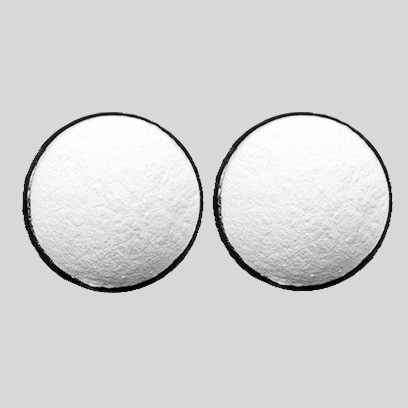
8 月 . 01, 2024 05:31 Back to list
Finding Reliable Suppliers for Titanium Dioxide and Barium Sulfate Products Worldwide
The Market for Titanium Dioxide and Barium Sulfate Suppliers
In recent years, the demand for high-quality pigments and fillers has significantly increased across various industries, including paints, coatings, plastics, and cosmetics. Two key compounds in this market are titanium dioxide and barium sulfate, both widely used for their excellent properties. Understanding the supply chain and the importance of these materials can provide valuable insights for manufacturers and consumers alike.
Titanium Dioxide A Versatile Pigment
Titanium dioxide (TiO2) is renowned for its outstanding opacity, brightness, and UV resistance, making it a preferred choice as a white pigment. It is utilized in a myriad of applications ranging from paints, coatings, and plastics to food products and cosmetics. The global market for titanium dioxide is characterized by a few dominant suppliers who have established themselves through advanced production techniques and significant investments in R&D.
The production of titanium dioxide can be achieved using two primary processes the sulfate process and the chloride process. The chloride process is becoming increasingly popular due to its efficiency and lower environmental impact. As regulatory frameworks become stricter concerning environmental emissions, suppliers that adopt sustainable practices in titanium dioxide production are likely to gain a competitive edge.
Barium Sulfate An Essential Filler
Barium sulfate (BaSO4) is another critical compound widely used as a filler in plastics, paints, and coatings, owing to its excellent density, brightness, and non-toxicity. It is particularly valued in the paint industry because it enhances the consistency and durability of the products. The demand for barium sulfate has also surged, driven by its essential role in the production of high-performance drilling fluids in the oil and gas industry.
titanium dioxide baso4 suppliers

Suppliers of barium sulfate are increasingly focusing on quality driven by the need for high-purity products tailored to specific applications. This has resulted in varying grades of barium sulfate, which cater to diverse requirements, such as pharmaceutical and industrial applications. The competitive landscape for barium sulfate suppliers is characterized by a mix of well-established players and emerging companies aiming to penetrate niche segments.
Market Dynamics and Supplier Relationships
The interplay between titanium dioxide and barium sulfate suppliers shapes the market landscape. As manufacturers often require both materials for their product formulations, the relationship between these suppliers and their customers is crucial. Suppliers that can offer high-quality products at competitive prices, along with reliable delivery options, are more likely to thrive in this competitive market.
Additionally, technological advancements play a significant role in supplier capabilities. Innovations in production methods can enhance the quality of both titanium dioxide and barium sulfate, reduce costs, and minimize environmental impacts. Suppliers that invest in research and development to improve their manufacturing processes may gain a substantial advantage in the market.
Conclusion
The suppliers of titanium dioxide and barium sulfate are essential players in the manufacturing industry, fueling the production of paints, coatings, and plastics with their versatile materials. As the demand for high-quality pigments and fillers continues to rise, suppliers must adapt to changing market dynamics by focusing on innovation, sustainability, and customer relationships. With the right strategies in place, both established and emerging suppliers can navigate the evolving landscape and meet the growing needs of their customers, ensuring a thriving market for titanium dioxide and barium sulfate in the years to come.
-
Lithopone for Plastic & TiO2 R-5568/SK-6658 Masterbatch Solutions
NewsMay.30,2025
-
China Leading Rutile TiO2 Manufacturer - R5566 & R996 Grades Available
NewsMay.30,2025
-
High-Purity Anatase & Rutile TiO2 Powder Trusted Manufacturer
NewsMay.30,2025
-
High-Purity Anatase Products Trusted Supplier & Manufacturer
NewsMay.29,2025
-
Best Price Eco-Friendly Rutile TiO2 Supplier & Wholesale Factory
NewsMay.29,2025
-
Chinese Anatase Titanium Dioxide for Ceramic Glaze Reliable Supplier
NewsMay.29,2025
